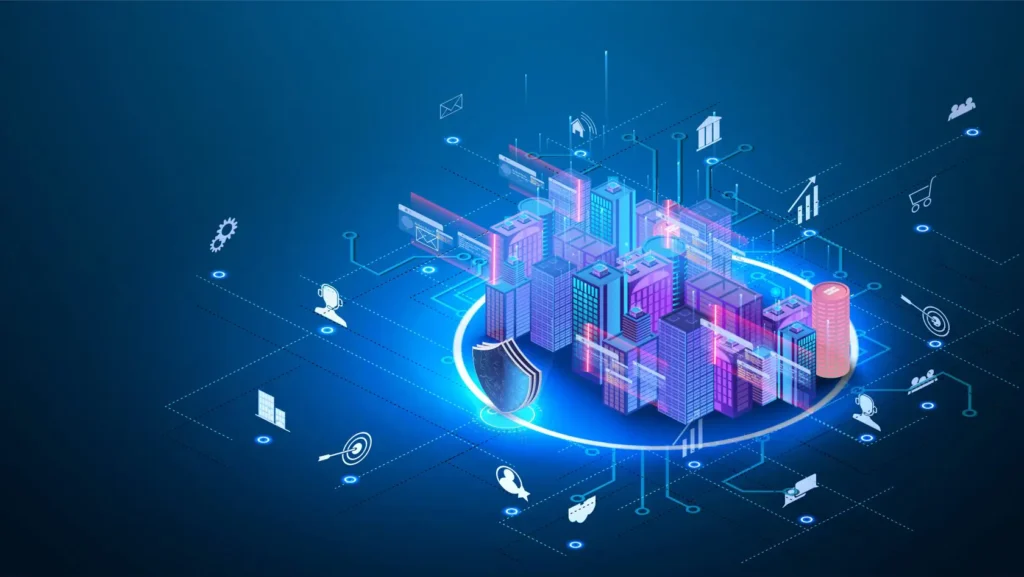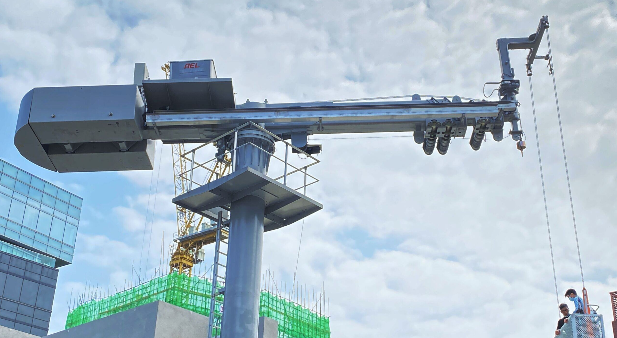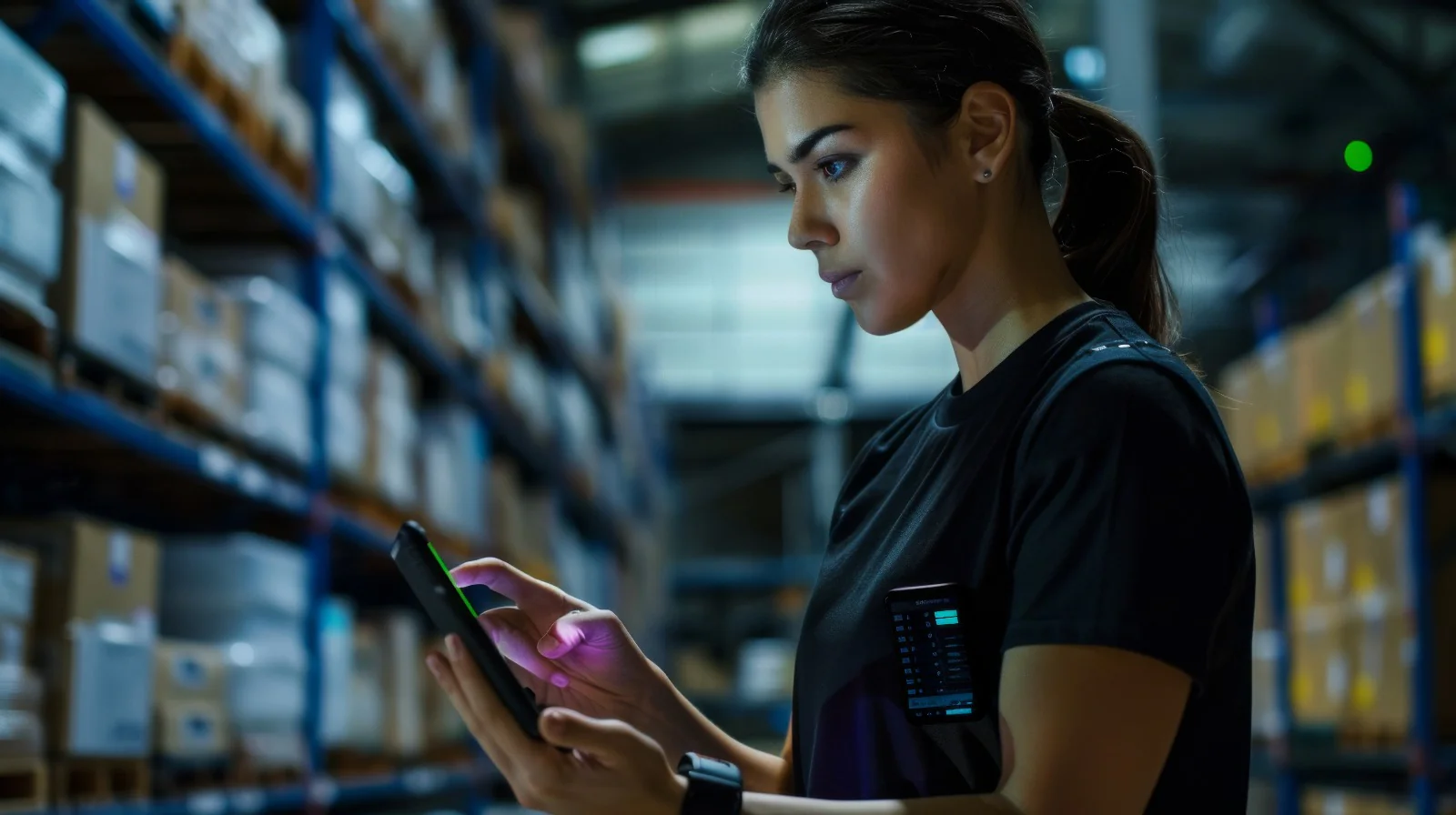Buildings today face increasing demands—from energy efficiency and occupant comfort to security and cost management. Managing these complex needs effectively requires more than traditional approaches. Enter IoT for building management: a game-changing technology that empowers facilities to operate smarter, greener, and more efficiently than ever before.
What is IoT for Building Management?
At its core, IoT for building management refers to the use of interconnected sensors, devices, and software platforms that collect, analyze, and act on data from a building’s various systems. These IoT-enabled components communicate in real time, providing actionable insights and automation capabilities that optimize building performance.
This technology includes a network of smart sensors that monitor everything from temperature, humidity, and lighting levels to occupancy, energy consumption, and equipment health. The data collected is processed via cloud or edge computing platforms, enabling facility managers to make informed decisions, automate responses, and foresee maintenance needs before problems arise.
Key Benefits of IoT for Building Management
Implementing IoT for building management brings a wide range of advantages, revolutionizing how buildings operate:
Enhanced Energy Efficiency and Sustainability: Smart sensors and IoT analytics optimize energy use by adjusting lighting, HVAC, and other systems based on occupancy and environmental conditions. This not only lowers utility bills but also reduces the building’s carbon footprint—key for sustainable facility management.
Predictive Maintenance and Reduced Downtime: Instead of waiting for equipment failures, IoT systems detect early signs of wear and inefficiency. Predictive alerts enable proactive repairs, preventing costly breakdowns and extending asset lifespans.
Improved Occupant Comfort and Safety: IoT-enabled environmental controls maintain ideal indoor conditions tailored to occupant needs. Access control systems and real-time monitoring enhance security, creating safer, more comfortable environments.
Centralized and Remote Monitoring: Facility managers gain full visibility into building operations from a centralized dashboard accessible anywhere. Remote control allows quick adjustments and monitoring without needing to be physically onsite.
Cost Savings and Optimized Resource Utilization: Automated controls and data-driven insights reduce energy waste and streamline operations, cutting overall maintenance and operational costs.
How IoT Transforms Traditional Building Management
The shift from traditional building management to IoT for building management represents a transition from reactive, manual processes to proactive, automated ones. Facility managers no longer rely solely on routine schedules or occupant complaints. Instead, they leverage real-time data and analytics to anticipate needs and improve performance continuously.
Integration with existing Building Management Systems (BMS) is common, allowing IoT devices to enhance and expand legacy systems without full replacements. Scalability is also a major advantage—whether managing a single facility or a global portfolio, IoT solutions adapt to any size or complexity.
Core Technologies Behind IoT Building Management Systems
Several technologies power the effectiveness of IoT for building management:
- Sensors and Actuators: These devices measure variables like temperature, light, motion, and equipment status, sending data to centralized systems for action.
- Wireless Communication Protocols: Technologies such as Wi-Fi, Zigbee, LoRa, and NB-IoT facilitate device connectivity over short or long distances.
- Cloud Computing and Edge Analytics: Data is processed either centrally in the cloud or locally at the network edge for faster response times and reduced bandwidth use.
- Artificial Intelligence (AI) and Machine Learning: AI analyzes patterns and predicts future conditions, optimizing systems automatically for efficiency and reliability.
Security and Privacy Considerations in IoT Building Management
Data privacy and security are critical when deploying IoT for building management. Buildings generate vast amounts of sensitive information, including occupancy patterns and system status. Ensuring compliance with regulations like GDPR is essential.
Robust encryption, anonymization of personal data, and strict access controls help protect information from unauthorized use or breaches. A secure IoT architecture builds trust among occupants and stakeholders, ensuring seamless adoption and ongoing success.
Why Choose Advanced IoT Solutions for Building Management?
Selecting the right IoT partner is crucial to fully realize the benefits of smart building management. Providers that prioritize innovation, sustainability, and customer-focused customization offer the most value.
Scalable solutions tailored to the unique needs of each facility ensure smooth integration and long-term adaptability. Partnering with an experienced company dedicated to eco-conscious practices and cutting-edge technology guarantees a lasting impact on operational efficiency and environmental responsibility.
Future Trends in IoT for Building Management
The future of IoT for building management is bright and rapidly evolving. Emerging trends include:
- Integration with Smart Cities: Buildings will become key nodes in interconnected urban ecosystems, sharing data to optimize energy grids, traffic flow, and public services.
- AI-Driven Automation: Smarter algorithms will enable buildings to self-adjust proactively with minimal human intervention.
- Green Building Technologies: IoT will support enhanced sustainable design, including renewable energy integration and advanced resource recycling.
Takeaway
Harnessing IoT for building management transforms traditional facilities into intelligent ecosystems where efficiency, sustainability, and occupant well-being come first. By leveraging real-time data, predictive maintenance, and automation, building owners and managers can unlock significant operational savings and reduce environmental impact.
Exploring IoT solutions today is the first step toward smarter, greener buildings designed to thrive well into the future. Whether managing a single site or an entire portfolio, investing in IoT-powered building management systems will deliver measurable benefits and lasting value.











